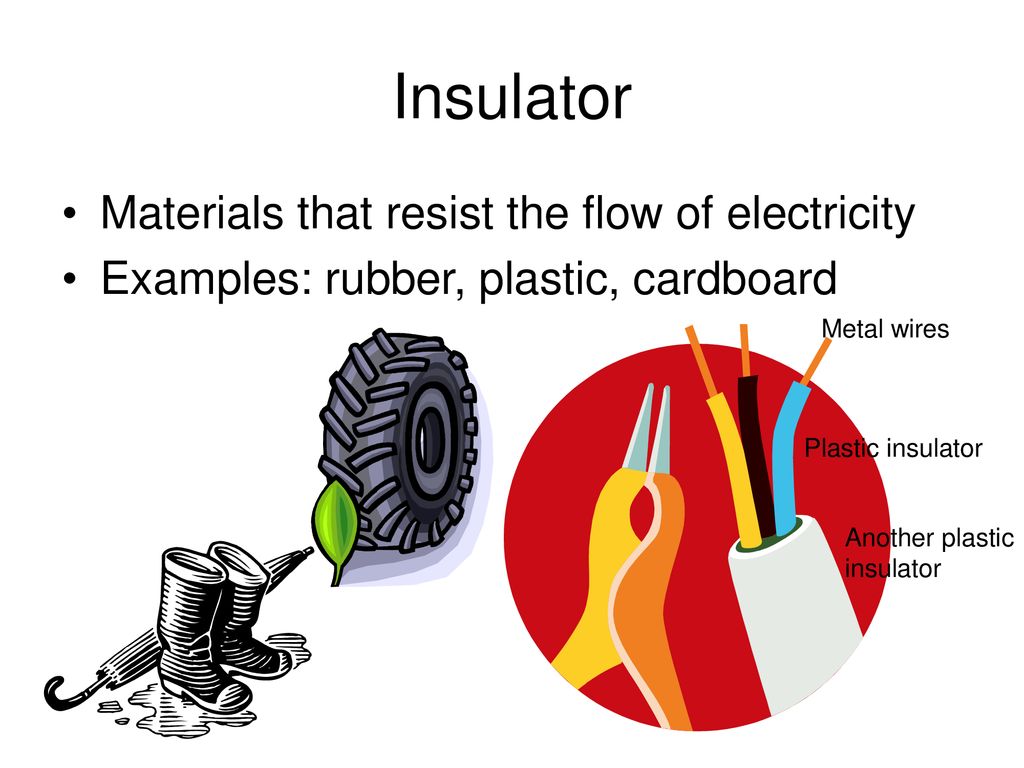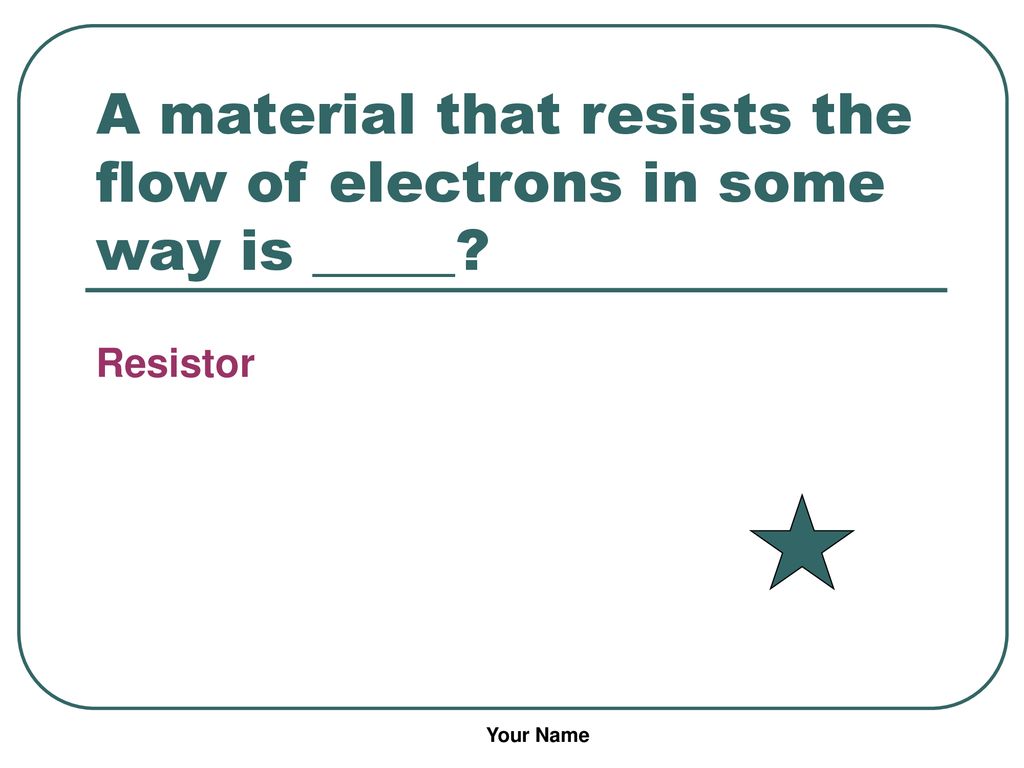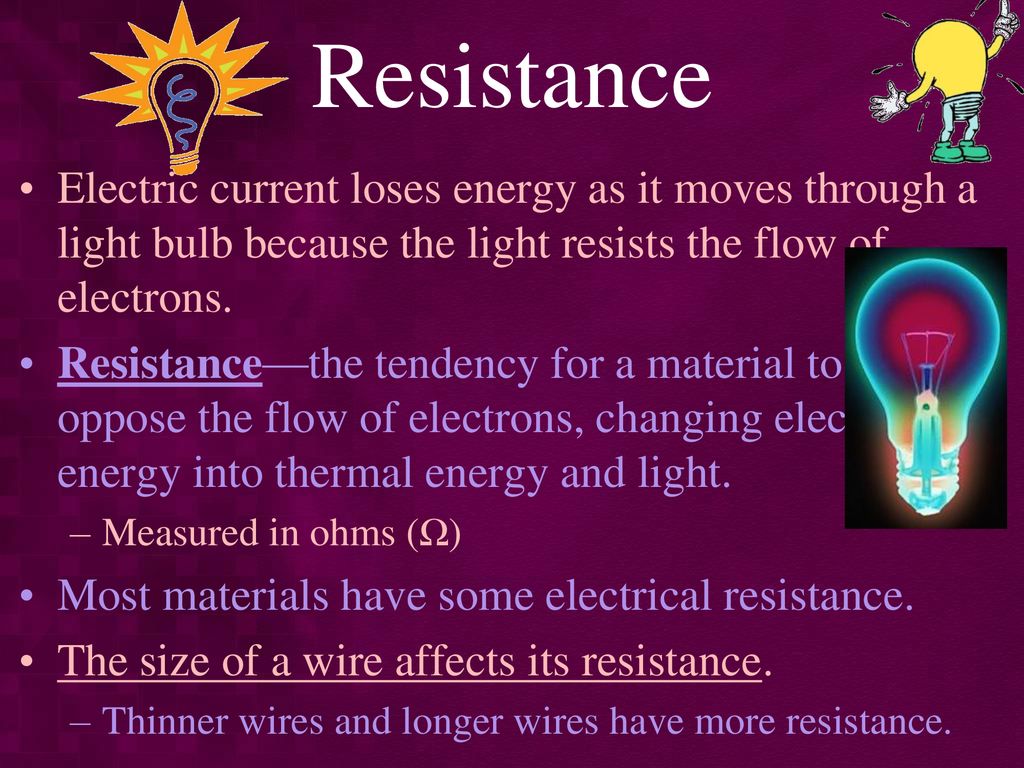A Material That Resists The Flow Of Electricity

In a groundbreaking development that could revolutionize energy transmission and electronic device efficiency, researchers at the University of California, Berkeley, have announced the creation of a novel material exhibiting unprecedented resistance to the flow of electricity. This innovative material, dubbed "Resistium," promises to minimize energy loss during electrical conduction, opening doors for advancements in various fields, from long-distance power grids to miniature electronic components.
The significance of Resistium lies in its potential to address a fundamental challenge in electrical engineering: energy dissipation as heat during current flow. This inherent resistance, present in all known conductors, leads to substantial energy waste, particularly over long distances. Overcoming this hurdle could lead to more sustainable and efficient energy solutions.
The Science Behind Resistium
Resistium is not a single element, but a carefully engineered composite material. It consists of alternating layers of a newly synthesized polymer and a specially treated ceramic, arranged in a precise nanoscale structure. This layering, according to a published study in the journal Advanced Materials, creates a unique quantum mechanical effect that significantly impedes electron flow.
Professor Dr. Anya Sharma, lead researcher on the project, explains that the polymer layers introduce "scattering centers" that force electrons to deviate from their direct path. The ceramic layers, meanwhile, possess a highly ordered crystalline structure that further restricts electron mobility. The synergy between these components creates the remarkable resistance.
“We’ve essentially designed a material where electrons struggle to move,” Dr. Sharma stated in a press conference. “This extreme resistance allows us to precisely control current flow and minimize energy loss through heat generation.”
Key Properties and Performance
The primary characteristic of Resistium is its exceptionally high electrical resistivity, several orders of magnitude greater than conventional resistive materials like nichrome. Independent testing, conducted by the National Institute of Standards and Technology (NIST), confirmed these findings. Their report highlighted Resistium’s stable performance across a wide range of temperatures and electrical currents.
Furthermore, Resistium demonstrates remarkable thermal stability, maintaining its resistive properties even under extreme heat conditions. This makes it suitable for high-power applications where heat dissipation is a major concern. The material is also relatively lightweight and mechanically robust, facilitating its integration into various devices.
However, the exact method and process for creating this material are still under wraps. The research team is working to refine the manufacturing process and exploring ways to scale up production for commercial applications.
Potential Applications and Impact
The potential applications of Resistium are vast and far-reaching. One of the most promising areas is in power transmission, where it could significantly reduce energy losses in long-distance power lines. This could lead to a more efficient and sustainable energy grid, particularly for renewable energy sources located far from population centers.
Another key application is in microelectronics, where Resistium could be used to create ultra-low-power circuits and devices. This could revolutionize the design of smartphones, laptops, and other portable electronics, extending battery life and reducing heat generation. Further developments are exploring its use in sensors and medical devices.
In the realm of energy storage, Resistium can lead to a more controlled release of energy. This would enhance the safety and efficiency of batteries.
"Resistium offers an unparalleled level of control over electrical current, opening up exciting possibilities in energy management and electronic design,"explains Dr. David Chen, an electrical engineering expert not involved in the research.
Challenges and Future Directions
Despite its promising potential, Resistium faces several challenges before it can be widely adopted. The current manufacturing process is complex and expensive, limiting its scalability. Researchers are actively working to develop more efficient and cost-effective production methods.
Another challenge is the long-term stability of the material. While initial tests have shown promising results, further research is needed to assess its performance over extended periods and under various environmental conditions. The team at Berkeley are collaborating with industrial partners to test the material in real-world applications.
Dr. Sharma's team also plans to explore new variations of Resistium with tailored resistive properties. This would expand its applicability to a wider range of devices and applications. The research is ongoing, with the support of funding from the Department of Energy.
A Glimmer of Hope for a Sustainable Future
The discovery of Resistium represents a significant step towards a more energy-efficient and sustainable future. While challenges remain, its potential to minimize energy loss and enhance device performance is undeniable. As research and development continue, Resistium could play a pivotal role in shaping the next generation of energy technologies and electronic devices.
The world is watching with great interest, hoping that this innovative material lives up to its promise and contributes to a greener, more efficient future. The implications are far-reaching, potentially impacting every aspect of modern life that relies on electricity.
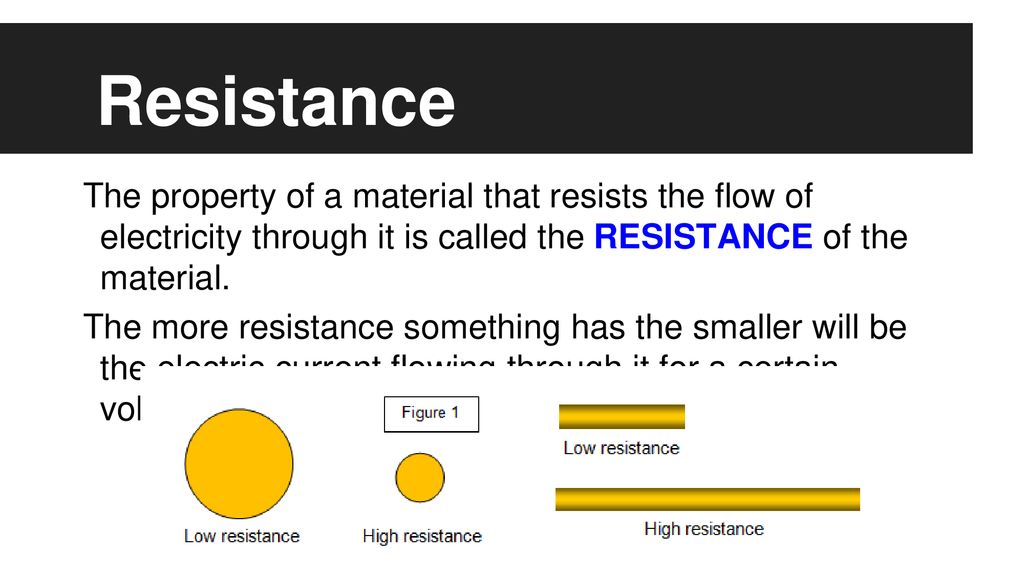


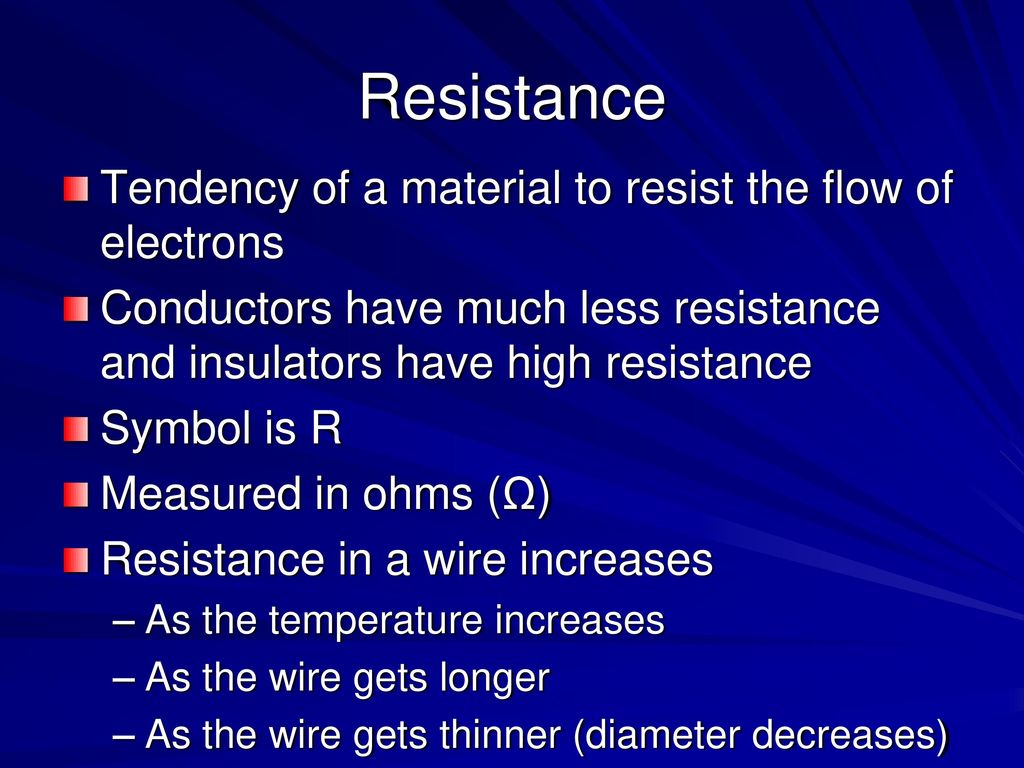

+opposes%2C+or+resists%2C+the+flow+of+electric+current..jpg)



